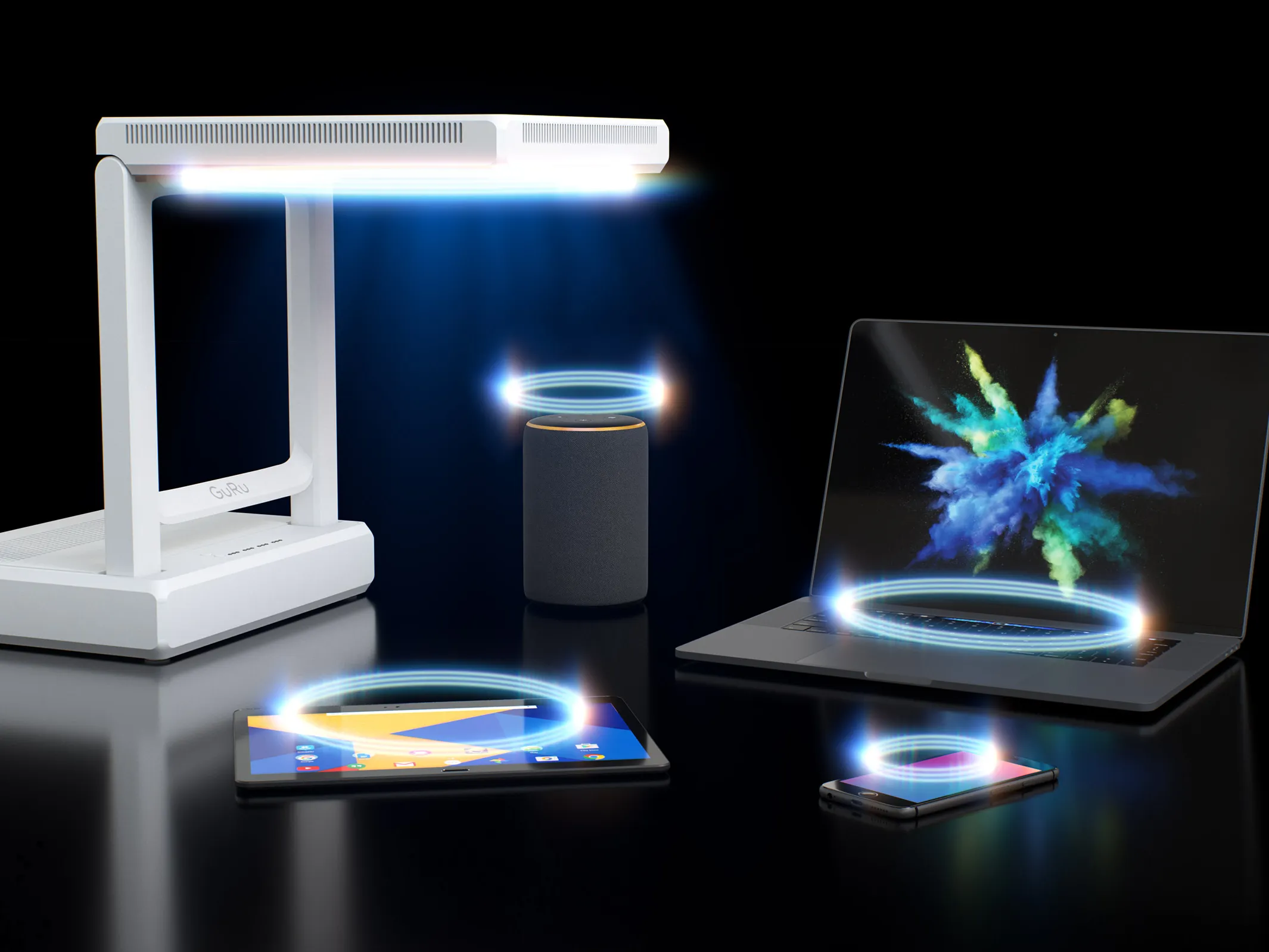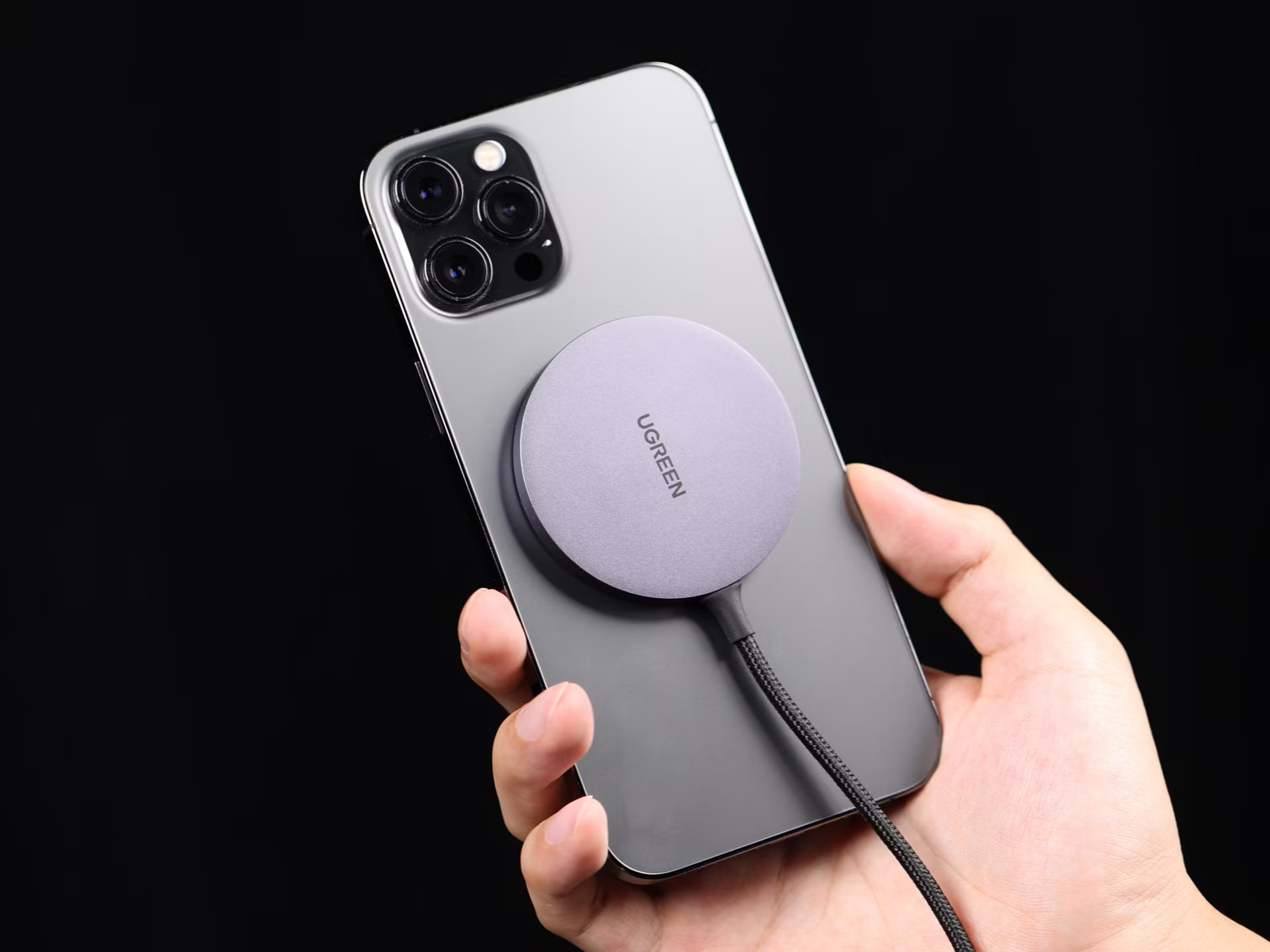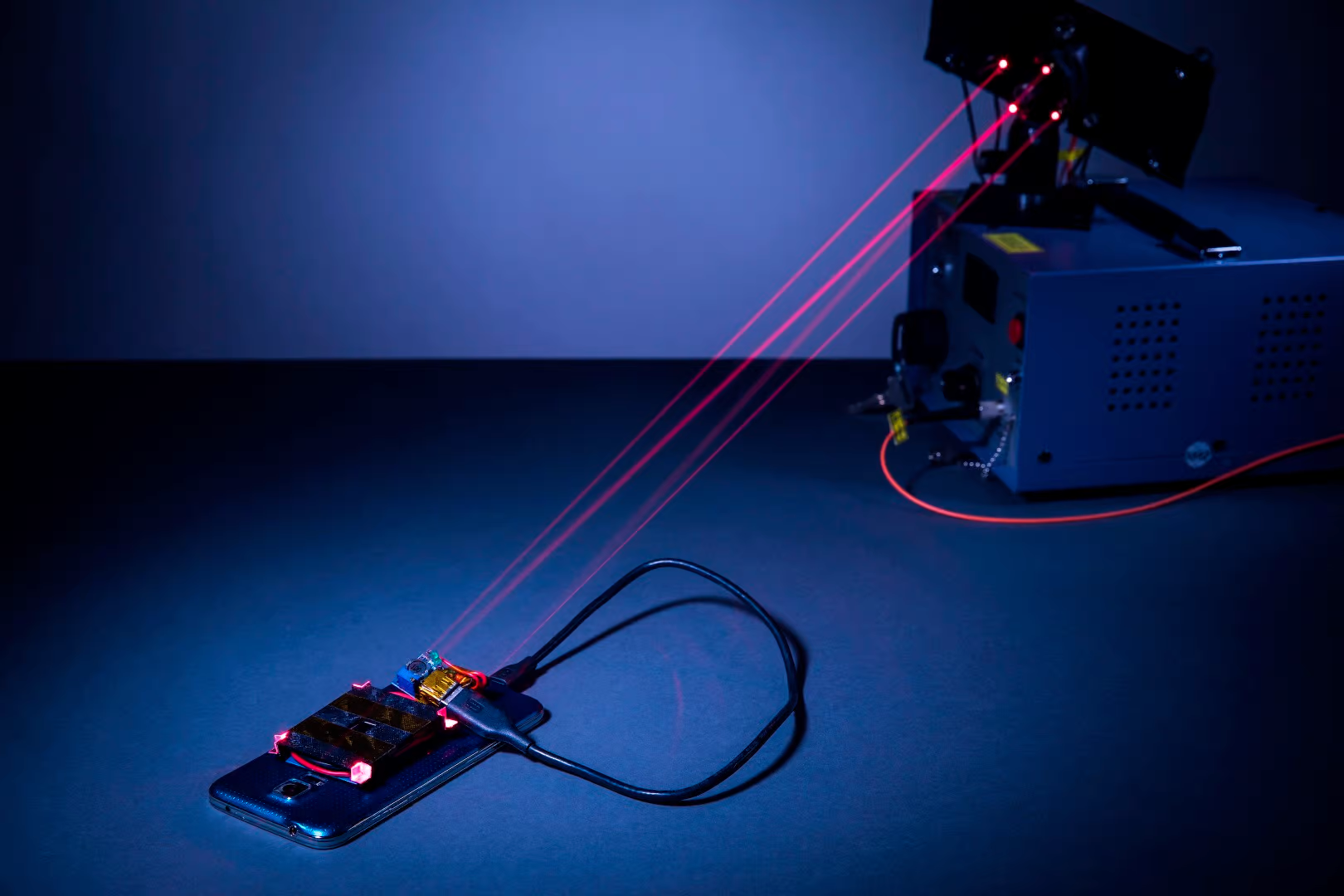Beyond Qi: Korean Engineers Push the Boundaries of Wireless Charging with Infrared Lasers

__
By: Alexander Michaelson
The wireless charging landscape is undergoing a significant transformation. While the Qi (pronounced “chee two”) standard, developed by the Wireless Power Consortium (WPC), has become ubiquitous, innovative minds are constantly seeking ways to improve efficiency, convenience, and safety. Enter a team of Korean engineers who have taken wireless charging a step further with their pioneering research on Qi2 technology utilizing infrared lasers. While this infrared laser-based Qi2 is not yet commercially available (unlike the magnetically aligned Qi2 referenced in the WPC article [1]), it represents a glimpse into the exciting future of wireless charging.

The Limitations of Current Qi2 Technology
The recently released Qi2 standard boasts significant improvements over its predecessor. Magnetic Power Profile ensures perfect alignment between devices and chargers, leading to faster charging speeds and reduced energy waste. However, current Qi2 technology still relies on inductive charging, which has limitations. The charging area, also known as the “charging sweet spot,” remains a concern. Misalignment can lead to slower charging or even complete failure. Additionally, inductive charging efficiency can decrease over longer distances, hindering the development of truly wireless charging solutions for larger devices.

Enter Infrared Laser Charging: A Promising New Frontier
Korean researchers are exploring the potential of infrared lasers for wireless charging, aiming to overcome the limitations of inductive charging. Their approach utilizes infrared lasers to transmit energy directly to a device’s receiver circuit. This method offers several potential advantages:
- Precise Targeting: Unlike inductive charging, which relies on a charging pad, infrared lasers can precisely target a device’s receiver, eliminating the need for a specific “sweet spot.” Imagine charging your phone from across the room without worrying about alignment.
- Long-Distance Charging: Infrared lasers can potentially transmit energy over longer distances compared to inductive charging. This opens doors for innovative applications, such as charging laptops or even smart home devices without the need for a charging pad.
- Safety Features: The inherent directionality of infrared lasers allows for the development of safety features. For example, the laser could automatically shut off if it detects an obstruction, minimizing the risk of accidental exposure.
Challenges and the Road Ahead
While the potential of infrared laser-based Qi2 is undeniable, there are challenges to overcome before widespread adoption. Here are some key considerations:
- Safety Regulations: Safety standards for infrared laser-based charging devices will need to be established and rigorously enforced to ensure consumer safety.
- Heat Management: Efficient heat dissipation is crucial to prevent damage to devices being charged.
- Cost and Efficiency: Developing and manufacturing infrared laser-based charging systems will likely be more expensive than current inductive charging technologies. Additionally, ensuring efficient energy transmission over longer distances is an ongoing area of research.
The Future of Wireless Charging: A Collaboration Between Technologies
The future of wireless charging is likely to be a collaborative effort, with both inductive and infrared laser technologies co-existing and catering to different needs. Qi2 based on magnetic alignment will likely remain the dominant standard for mobile phones and other smaller devices in the near future due to its maturity and cost-effectiveness. However, infrared laser technology has the potential to revolutionize how we charge larger devices and create new possibilities for truly wireless charging experiences.
The research by Korean engineers on infrared laser-based Qi2 technology represents a significant leap forward in the evolution of wireless charging. While challenges remain, this innovation paves the way for a future where charging our devices becomes as seamless and effortless as turning on a light switch. As the technology matures and overcomes hurdles, we can expect to see a wider range of devices, from smartphones to laptops and smart home gadgets, benefiting from the convenience and efficiency of infrared laser-based wireless charging.
Citation:
[1] Qi2 – The Next Generation of Wireless Charging is Here. Wireless Power Consortium.

